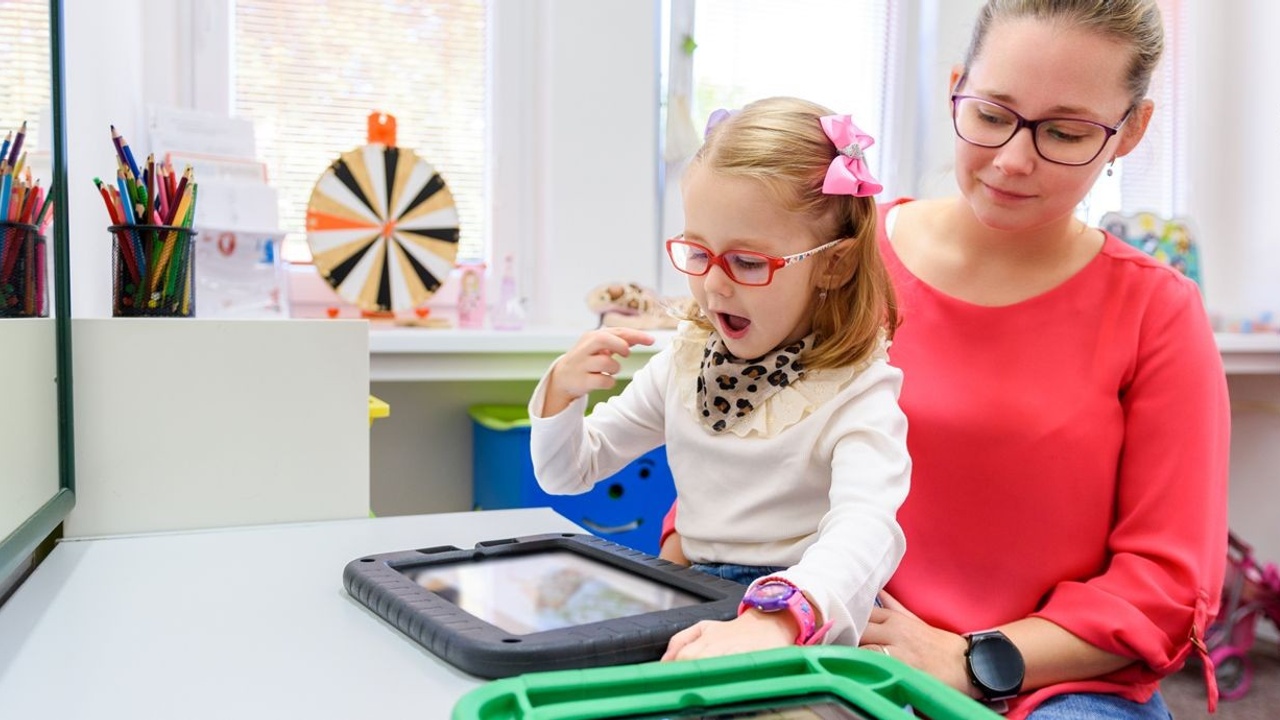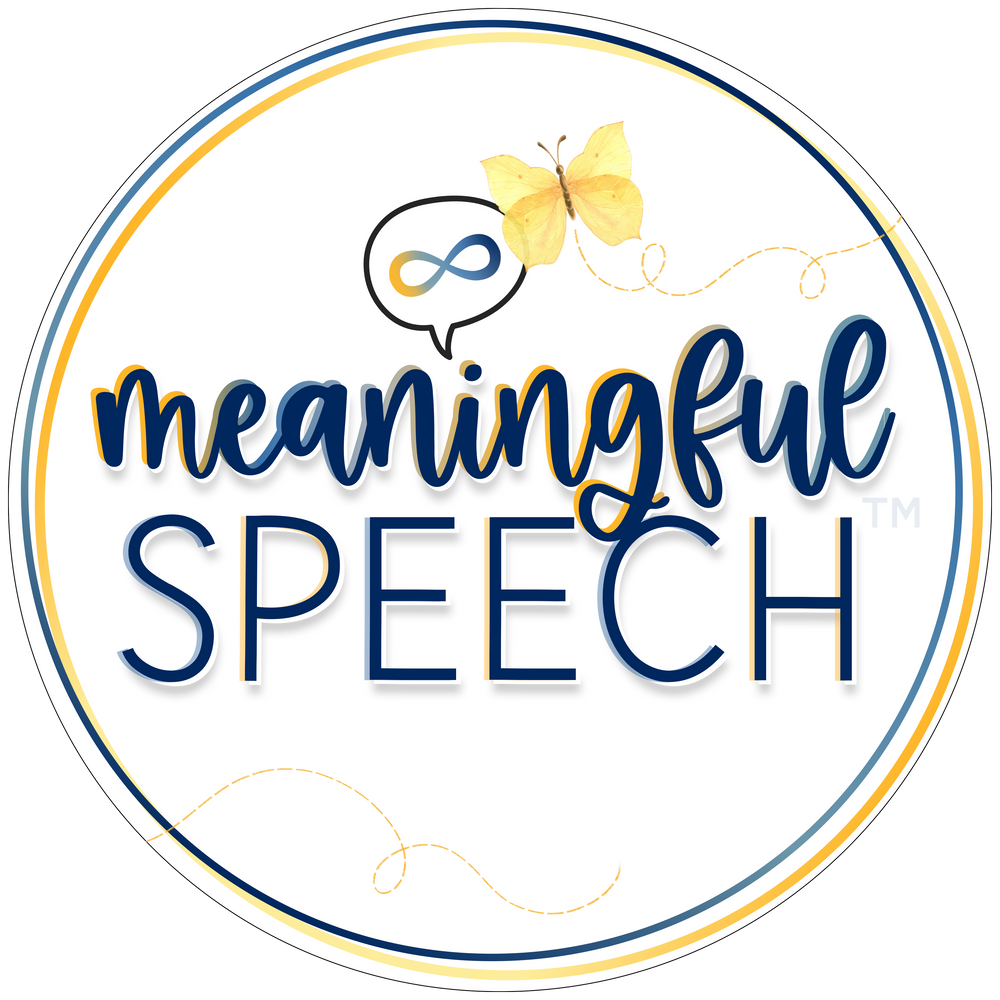Does my gestalt language processor need AAC?
Jan 11, 2023
In short, we all need AAC. We all use different forms of augmentative and alternative communication. Some examples include email, texts, and writing. We also know that visuals often support language development. Let’s talk about who needs robust & speech generating devices.
When to consider a speech generating device for a gestalt language processor
- When the child cannot meet all of their communication needs through speech. All children should be able to request, comment, protest, complain, ask questions, share information about past and future events, and so much more!
- When a child isn't developing spoken language despite positive language models.
- When a child’s spoken language is unintelligible (not easily understood by communication partners).
- When a child is showing frustration during instances of communication breakdowns.
- When a child has difficulty with initiation of spoken self-generated language ( consistently or intermittently).
- When a child shows signs of benefitting from visuals paired with auditory output.
Things to keep in mind when it comes to AAC & Gestalt Language Processing
AAC devices are designed with analytic language processors in mind. Most devices start at the single word level. Our gestalt language processors in Stage 1 (delayed echolalia) and Stage 2 (partial mitigations or trimmed down gestalts) need more gestalts. So what can we do if AAC isn't set up with gestalt language processors in mind? Get creative!
- Provide robust systems. This means the system includes many different types of vocabulary (core words, fringe vocabulary, access to the alphabet) and allows the child to communicate for a wide variety of reasons (e.g. request, protest, share information, share opinions, ask questions, etc.)
- Model AAC within authentic, natural interactions.
- Build your modeling skills so that you can model longer messages.
- Program and model gestalts and mitigations the child is currently using, and you’re currently modeling.
- Allow unrestricted access to media such as Youtube, and get curious about your learner’s use of media to communicate.
- Provide access to audio, video, and images that hold particular meaning for the learner. Embed them into the AAC!
Interested in learning in-depth about determining if a GLP would benefit from AAC, strategies to support them, and programming their devices?
Consider joining the waitlist for our new AAC for Gestalt Language Processors Meaningful Speech course that will be released on 2/3/2023! The course will go over in-depth how to identify, evaluate and support gestalt language processors who use AAC or may need AAC. There will be modules on different apps, strategies and suggestions for programming. For more information & to join our waitlist, click here.
Look for a speech-language pathologist (SLP) who "gets it" and can help you in supporting your child's language development. Check out our registry for SLPs who understand gestalt language processing and child-led therapy.
